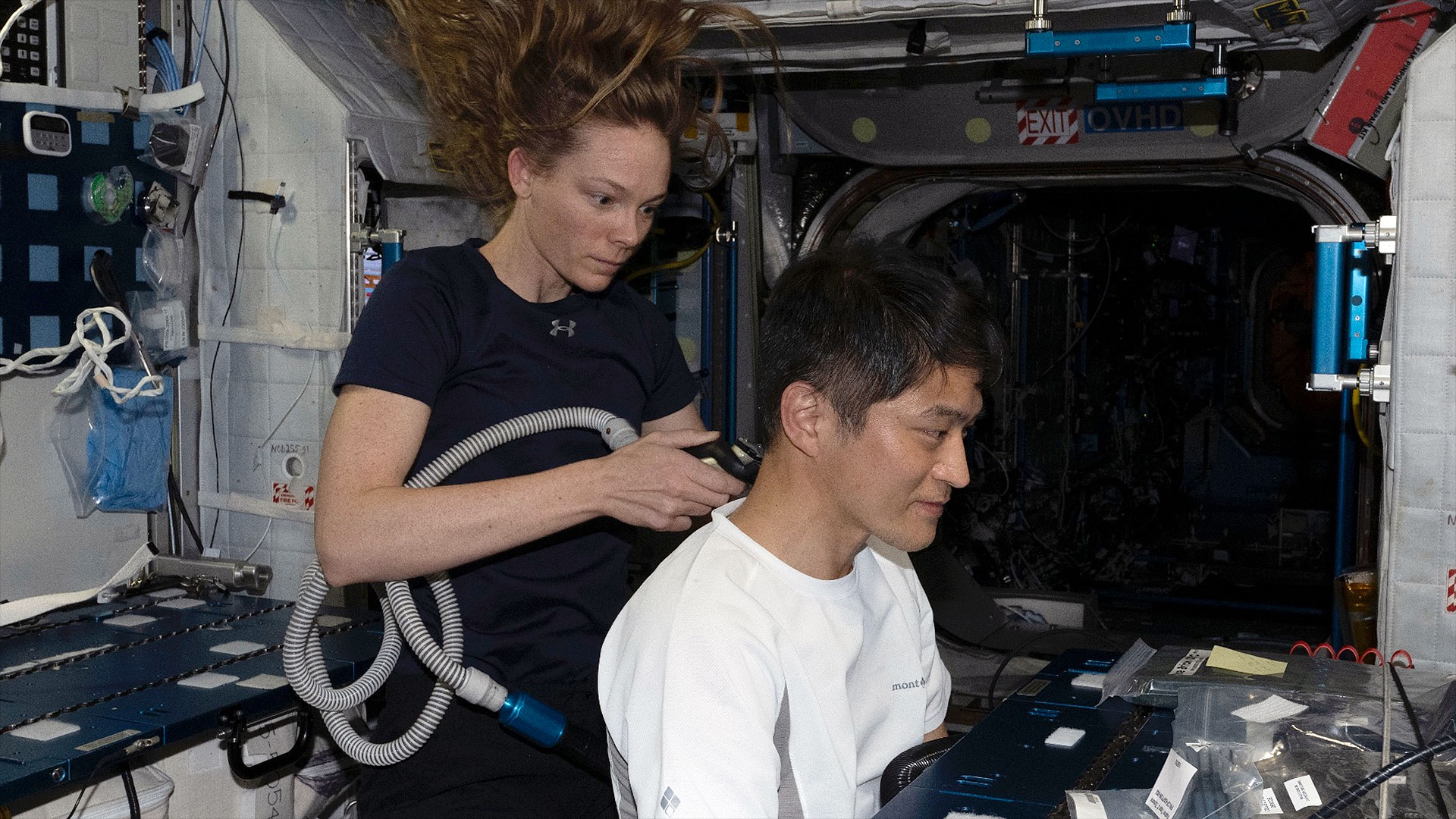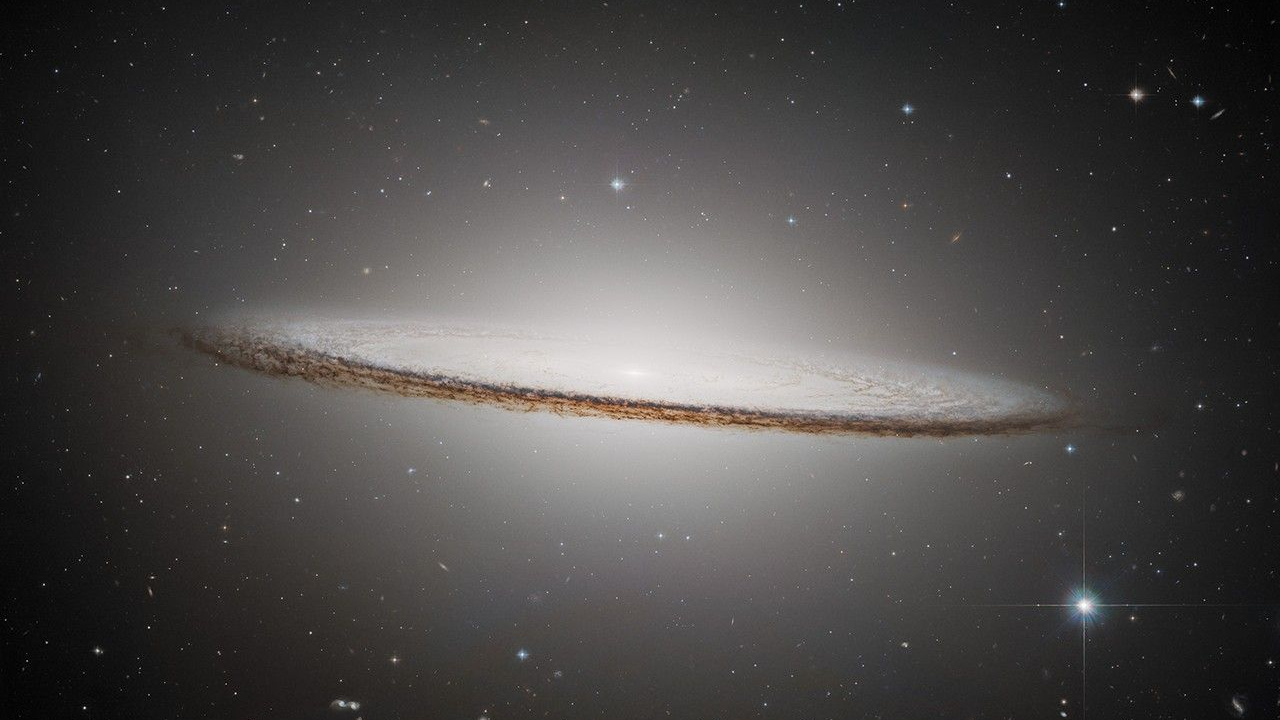Astrophotographer Spots Elon Musk's Roadster Cruising Through Space (Video)
After blasting off into space on SpaceX's new Falcon Heavy rocket, Elon Musk's Tesla Roadster has been spotted speeding through the solar system in a video by astrophotographer Rogelio Bernal Andreo.
With a dummy named "Starman" on board, the Roadster launched into space on Feb. 6 and is now orbiting the sun somewhere between Earth and Mars (but not heading toward the asteroid belt, as Musk first announced).
"Once footage of the car and Starman started to arrive and people wondered if it could be observed from Earth, there was just one thing in my mind: to find the answer to that question and if yes, to try take a picture — better yet, a video — of it," Andreo wrote on his website, DeepSkyColors.com. [In Photos: SpaceX's 1st Falcon Heavy Rocket Test Launch Success!]
To catch a view of the shiny car as it cruised off into space, Andreo packed up his telescopes and cameras, and drove to the Monte Bello Open Space Preserve in California, a semidark site just a short drive from his home in Sunnyvale.
Using an online ephemeris calculator provided by NASA's Jet Propulsion Laboratory (JPL), Andreo was able to determine exactly where and when to locate the Roadster in the night sky. This is also how the Virtual Telescope Project and the Tenagra Observatory in Arizona were able to capture another video of the Roadster zooming through space on Feb. 8. (You can find NASA's data on the Roadster at ssd.jpl.nasa.gov/horizons.cgi by selecting "target body" -143205.)
While locating the Roadster seemed like it would be a relatively straightforward task for an experienced astrophotographer using auto-guided telescopes, Starman really gave Andreo a run for his money.
He first set out to capture a video of the Roadster shortly after 2 a.m. PDT (1000 GMT) on Feb. 9, when it was roughly 500,000 miles (800,000 kilometers) from Earth. After setting up his twin telescopes and pointing them at the coordinates given by NASA's ephemeris tool, Andreo's images showed no sign of the Roadster. "There was absolutely nothing there," Andreo wrote.
Get the Space.com Newsletter
Breaking space news, the latest updates on rocket launches, skywatching events and more!
Andreo spent hours trying to figure out why he couldn't find it before giving up and heading home. "By 5:15 a.m., I felt it was enough. Twilight was coming soon, plus I wanted to avoid the rush hour traffic back home, so I packed and left," he wrote.

The next night (Feb. 10), Andreo set out to try again. But this time, clouds got in the way, and he went home empty-handed once more. "After a quick nap, I go back to all my shots but find nothing, still puzzled about the whole thing. Then it hit me," Andreo wrote.
"When I created the ephemeris from the JPL's website, I did not enter my coordinates! I went with the default, whatever that might be," he added. The default location setting is "Geocentric," or the center of the Earth.

"Since the Roadster is still fairly close to us, parallax is significant, meaning, different locations on Earth will see Starman at slightly different coordinates," Andreo wrote. "I quickly recalculate, get the new coordinates, go to my images, and thanks to the wide field captured by my telescopes... boom! There it was! Impossible to miss! It had been right there all along; I just never noticed!"
Moral of the story: When tracking objects in space, always remember to take into account where you are on Earth.
You can see more of Andreo's astrophotography on the Deep Sky Colors Facebook page.
Editor's Note: If you have an amazing night sky photo or video you'd like to share with us and our news partners for a possible story or image gallery, please contact managing editor Tariq Malik at spacephotos@space.com.
Email Hanneke Weitering at hweitering@space.com or follow her @hannekescience. Follow us @Spacedotcom, Facebook and Google+. Original article on Space.com.
Join our Space Forums to keep talking space on the latest missions, night sky and more! And if you have a news tip, correction or comment, let us know at: community@space.com.

Hanneke Weitering is a multimedia journalist in the Pacific Northwest reporting on the future of aviation at FutureFlight.aero and Aviation International News and was previously the Editor for Spaceflight and Astronomy news here at Space.com. As an editor with over 10 years of experience in science journalism she has previously written for Scholastic Classroom Magazines, MedPage Today and The Joint Institute for Computational Sciences at Oak Ridge National Laboratory. After studying physics at the University of Tennessee in her hometown of Knoxville, she earned her graduate degree in Science, Health and Environmental Reporting (SHERP) from New York University. Hanneke joined the Space.com team in 2016 as a staff writer and producer, covering topics including spaceflight and astronomy. She currently lives in Seattle, home of the Space Needle, with her cat and two snakes. In her spare time, Hanneke enjoys exploring the Rocky Mountains, basking in nature and looking for dark skies to gaze at the cosmos.









